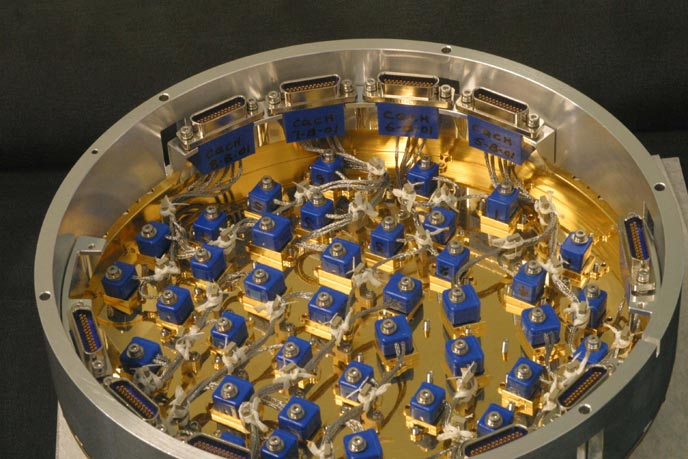You are in: Blog

ESAs Planck Mission Comes to a Close
The European Space Agency’s (ESA) Planck mission has finally come to a close after almost three years capturing images of the whole sky.
The telescope, Europe’s first space observatory to be given the specific goal of observing the Cosmic Microwave Background (CMB), was launched to analyse the “first light” to sweep out across space following the Big Bang 13 billion years ago. By studying this “relic” radiation, Planck is able to extract significant information about the origins of the Universe and what it is made of.
The mission has been a successful one, with Planck having gathered more than enough data to complete its goals. Jan Tauber, the ESA’s Planck project scientist commented, “We have had a flood of information, greater than we planned – creating a treasure trove of scientific data for us to work with.”
Two American satellites have previously carried out similar missions, but Planck is far more sensitive and is able to produce much more detailed maps and with greater resolution.
To do this, Planck uses two primary instruments, the High Frequency Instrument (HFI) and the Low Frequency Instrument (LFI). These sensitive radio detectors essentially gather and convert the microwave and radio light into detailed maps of the microwave sky.
With the Planck satellite operating at L2, 1.5 million kilometres from Earth, these light detectors operate at the astonishingly low temperatures of minus 273.05C (0.1K) – just a tenth of a degree above “absolute zero;” the lowest temperature theoretically possible of anything in the entire Universe!
To operate reliably in these conditions, the HFI 100mK plate wiring, provided by Tekdata’s Cryoconnect division, required new designs for both miniature shielded connectors and miniature cables. With stainless steel shielding with a triboelectric carbon coating, Cryoconnect’s design provided the harness assemblies with 360 degree shielding throughout.
Although the Planck mission is now concluded, Cryoconnect continues to expand its role in Ultra Low Temperature (ULT ) wiring systems on future missions for both space and Earth observations. NASA’s and ESA’s James Webb Space Telescope (JWST), scheduled for launch in 2018, will carry three major instruments that Cryoconnect has worked on:
MIRI (Mid-Infrared Instrument) provided by the European Consortium with the European Space Agency (ESA), and by the NASA Jet Propulsion Laboratory (JPL).
NIRSpec (Near-Infrared Spectrograph) provided by ESA, with components provided by NASA/GSFC.
NIRCam (Near-Infrared Camera) provided by the University of Arizona.
Visit the James Webb Space Telescope section of NASA’s website for more information about the JWST mission.
To stay up to date with the results of the Planck mission, visit the ESA website.
Article first published : 8/8/2014